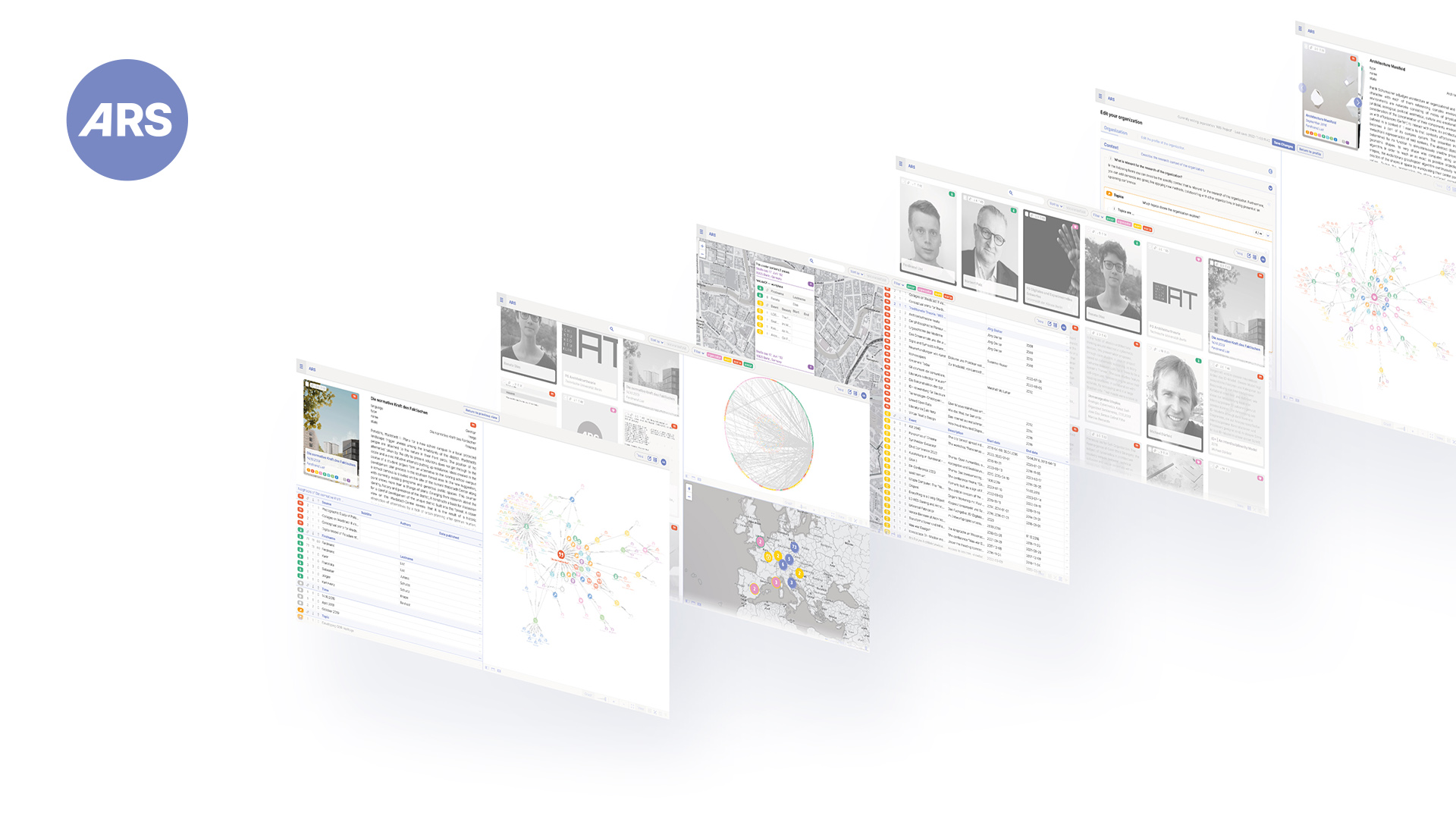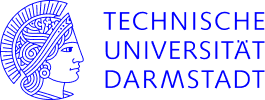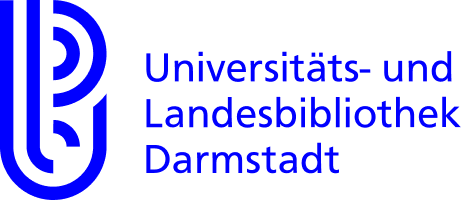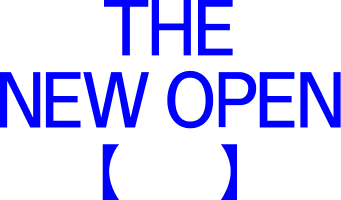Research infrastructures and architectural thinking
Architecture Research Stage
Dr.-Ing. Michael Dürfeld studied Architecture and Urban Planning in Hamburg and Berlin and holds a PhD in Architectural Theory from the TU Berlin. He has conducted research in various interdisciplinary projects and taught in Berlin, Santiago de Chile, and Buenos Aires. He works as Project Manager of the DFG-project Architecture Research Stage.
Ferdinand List studied Architecture at the BTU Cottbus-Senftenberg and the University of the Arts Berlin. From 2020-2022, he worked as Research Assistant in the research project T-Cell at BTU. Since 2021, he has been responsible for interaction design, software development, and server administration as Research Assistant for the DFG-project Architecture Research Stage.
Keywords: Architecture, research-contexts, agency, multimodality, interdisciplinarity

Fig. 1: ARS prototype screens, ARS project, 2023 CC by 4.0
The Architecture Research Stage (ARS) is a platform for connecting research contexts. It is tailored to the demands of interdisciplinary, multimodal research as it takes place in architecture.
Imagine yourself as a researcher forming the center of your research context. Any text or 3D model you publish, any topic you explore, or tool you use frequently is part of your research activity. They are actors that become part of your research context due to your actions and their impact on you. Now, your actions are something that you know about perfectly. However, you may reach limits quickly, wanting to explore the deeper layers of the context around you. For example, quickly finding out who else in your institution or field researches the same topics as you do, or who may be a good partner for a following research proposal, is often hardly feasible. This creation of linked knowledge in interdisciplinary contexts is a problem that ARS is trying to solve by portraying research contexts using actor-based network graphs in a flexible visual interface.
Coming from the context of architecture, ARS conceives a sustainable research data platform to incorporate architectural ways of thinking. The specificity of a discipline like architecture extends beyond the data it generates. It encompasses the diverse approaches researchers employ to process and manage data and the methodologies they use to reflect upon their findings. These disciplinary characteristics are rarely acknowledged by generic infrastructure for cataloging scientific research. As a result, the distinctiveness of architectural research, with its rich interplay of design, aesthetics, and functionality, has yet to be adequately represented. Only by aligning the infrastructural mode of operation as closely as possible to the discipline is it possible to portray and network its research outputs in a meaningful way. This alignment involves the implementation of several vital paradigms in the architectural design process:
1) Acknowledging non-human agency as a core impact on the architectural process
2) Contextualizing single entities to comprehend their full semantics
3) Using multimodality to produce differentiated knowledge
4) Conceiving research as an interdisciplinary synthesis
Architectural research involves synthesizing various disciplines, such as engineering, art, sociology, and environmental sciences. It requires integrating qualitative and quantitative data, contextual analysis, and diverse visual representations. Including these characteristics at the core of ARS aims to make it a suitable platform for connecting architectural research, but also enables it to portray interdisciplinary research as a whole. Like an architect in a building process, it is a mediator of diverse knowledge to promote and facilitate collaboration among architects, engineers, and other stakeholders, fostering interdisciplinary dialogue and knowledge exchange.
Architectural research is still a comparatively young field that develops in blurry boundaries. Its profile is hard to draw and its inner connections take considerable work to overview. This difficulty is an issue that organizations, for example, scientific institutes, often face as well: They unite a diverse set of researchers and have trouble enabling internal and external synergies. Their infrastructure does not allow them to conceive their institution as a continuous interdisciplinary landscape where paths cross and researchers have topological proximity to each other. By developing an infrastructure that includes the concepts of architectural thinking, ARS attempts to make interdisciplinary research more graspable for institutions and the community as a whole.
In the following four sections, we want to outline how ARS translates the previously named concepts into a platform with a standardized process for processing, storing, and providing interdisciplinary research context data.
1) Acknowledging non-human agency as a core impact on the architectural process
A standard for research contexts is a purpose-bound agreement on abstractions to uniformly project complex entities onto a model. The resulting process of assimilation necessarily involves compromise and may introduce deterministic conceptions of the complex entities to be projected.
Architecture differs from other research fields by its interdisciplinary nature and conception of non-human agents (Latour and Woolgar 1979, White 2008) as a central part of the spatial synthesis. For this reason, ARS deploys a custom-made ontology standard that inherently considers non-human agency as a crucial influence of the research process. This standard departs from existing demands in interdisciplinary research (Dürfeld et al. 2021) and attempts to find a compromise of abstraction able to portray influencing factors of architectural processes rather than inheriting from standards originating from entirely different research paradigms. In the ARS ontology, these influencing factors of the architectural process are called Actors[B1] .
Actors in ARS ontology can be of eleven classes: Sources, Persons, Organizations, Events, Tools, Tasks, Methods, Topics, Places, Monies and Times. Each so-called actor class has a defined set of relationships possible with other classes. This results in twenty distinct relationship classes, such as use, application, involvement, and affiliation.
The fact that non-human factors such as used materials or deployed tools have an agency in the production and reception of spaces is crucial to the architectural design process. Consequently, ARS transfers this knowledge to architectural research data management and conceives Actors as human or non-human entities that may impact a research context.
In modeling these research contexts, ARS provides a custom-made web interface with questionnaires tailored to the specifics of different Actor classes, such as research outputs, events, persons, organizations, and more. These questionnaires allow users to conduct a two-fold process: Guided by concrete questions, they may 1) create Actors from research metadata and 2) they may specify the relationships between these Actors.
In this process, the ARS modeling tool converts the presented information to the ARS research context ontology and links the information accordingly. Additionally, it facilitates the assemblage of actors by offering suggestions and accessing existing databases through unique identifiers. The data from this modeling process is stored in a graph database using a REST API.
2) Contextualizing single entities to comprehend their full semantics
The described modeling process serves the purpose of creating research contexts and provides the basis for contextualizing Actors to unfold their whole meaning in a research field. There is always an Actor at the center of a research context: for example, a researcher, a topic, a tool, or a publication. As a result of research activity, these Actors enter into a relationship with other Actors. As previously outlined, discovering the greater depths of research contexts, specifically indirect connections within a certain depth often poses a challenge.
However, these cases may open up opportunities for knowledge transfer and collaboration. Therefore, ARS conceives relationships to be of equal importance as Actors for describing research contexts and joining different research contexts to a continuous walkable landscape.
Relationships on ARS may be evaluated with respect to interest, time investment, expertise, and usefulness. Also, relationships may be expressed as alternatives to other relationships, needs or desires. Describing relationships in detail allows the sophisticated contextualization of Actors in a context and increases the value of the information collected.
Contextualization furthermore takes place on the side of data consumption by the users. Context data is obtained from the API and instantiated according to the ARS ontology. Depending on the user interaction, it is then transformed to fit the requirements of differentiated visual representations such as cards, maps, graphs, or lists. These different representations focus either on actors at the center of contemplation or visualize relationships between Actors and produce different views of contextualization.
Each representation relies on composing data to semantic units of different focus, for instance topological, spatial, or visual. To facilitate this, the mentioned representational components share a standard interface to the ARS data model, making different display methods easily interchangeable.
A challenge that goes along with contextualization is presenting the complexity of research contexts while providing means to make purposeful reductions. Storing data according to a standard does not automatically imply that the data is contextualized meaningfully. Networking is a virtual activity in the first place and only materializes through data assembly and representation logic.
As a result, the data structure powering ARS has to allow for the fast and flexible construction of semantic units to produce specific data assemblies. In return, these assemblies grant access to different kinds of connections present in the agglomerated contexts. This provision of flexible data representation is the actual act of networking that ARS materializes for the architecture community. To allow this differentiated access to the contexts to happen dynamically at the user’s command, ARS manages data in a graph data structure beyond the server side and constructs its semantic units from the graphs according to the way users want to “network” the data.
3) Using multimodality to produce differentiated knowledge
We outlined how different representations can produce differentiated access to research contexts. Similarly, multimodal means of presentation convey differentiated knowledge in architectural representation: Ground plans and sections work together in close proximity to produce richer information. 3D-visualizations are used as symbols to transport atmosphere where drawings reach their limits. The ARS project makes use of this core paradigm of representation in architecture.
We regard different views on a context similarly to architects understanding different drawings and scales as views on a design. Users may use them in isolation to focus on selected meanings or in parallel to produce complex information in a given context.
While providing these differentiated accesses to context data, ARS also attempts to make the diverse modality of interdisciplinary research outputs accessible: A text offers a more accessible interface on the web than, for instance, a 3D model. ARS prominently places visual previews for any research output through several supported image, video, and audio file formats. Visual previews are an instrument to level the mentioned accessibility decline and reduce its impact on the consumption of research.
4) Conceiving research as an interdisciplinary synthesis
Next to the matter of modality, language is a significant concern in enabling the interdisciplinary context synthesis on ARS. The ARS ontology deploys an easy-to-use and discipline-agnostic language that attempts to overcome barriers introduced by professional terminologies.
ARS aims to implement this philosophy using the JSON-LD specification (W3C 2020). It includes several standard specification features such as contextualization, global identification, type coercion, and locale. It provides out-of-the-box compatibility for processing graph data with HTTP and typescript through adherence to the JSON standard. Additionally, it provides interoperability with established linked data standards such as RDF. This standardization allows the sustainable processing and distribution of context data.
Conclusion
ARS aims to mediate diverse knowledge and facilitate collaboration among architects, engineers, and other stakeholders, fostering interdisciplinary dialogue and knowledge exchange. Throughout a three-year pilot phase funded by the DFG, a team comprising members from both the TU Berlin and the UdK Berlin developed an ARS prototype in cooperation with partners from the Berlin-Brandenburg region. The goal of ARS is to enable interdisciplinary networking of research based on feedback from the research community. In an ongoing project phase, a key objective is to forge stronger collaborative partnerships with institutions, facilitating the networking of their diverse research environments.
References
- Dürfeld, Michael, Anika Schultz, Christian Stein, Benjamin Thomack, Nadia Zeisig. “Kollaborative Architekturforschung als Programm einer Architekturwissenschaft.” In: Architekturwissenschaft. Vom Suffix zur Agenda, edited by Juan Almarza Anwandter, Jan Bovelet, Michael Dürfeld, Eva Maria Froschauer, Christine Neubert, Peter Schneider, Gernot Weckherlin, 210-233. Berlin: Universitätsverlag der TU Berlin, 2021.
- Latour, Bruno and Steven Woolgar. Laboratory Life: The Construction of Scientific Facts. Beverly Hills: Sage Publications, 1979.
- White, Harrison C.. Identity and Control: How Social Formations Emerge. Princeton: University Press, 2008.
- World Wide Web Consortium. “JSON-LD 1.1, A JSON-based Serialization for Linked Data.” Accessed September 21, 2023. https://www.w3.org/TR/json-ld/.











